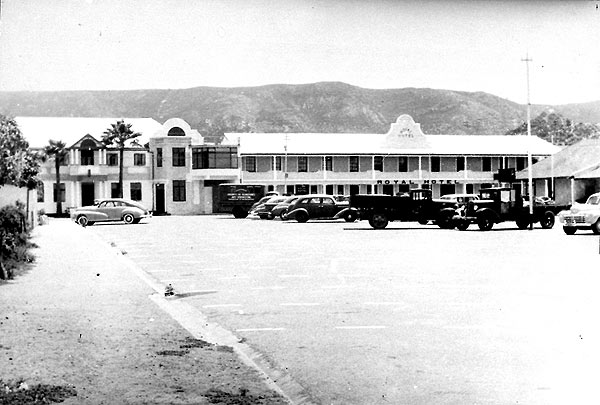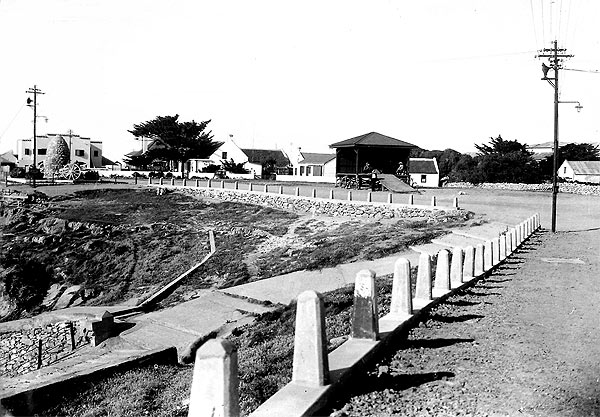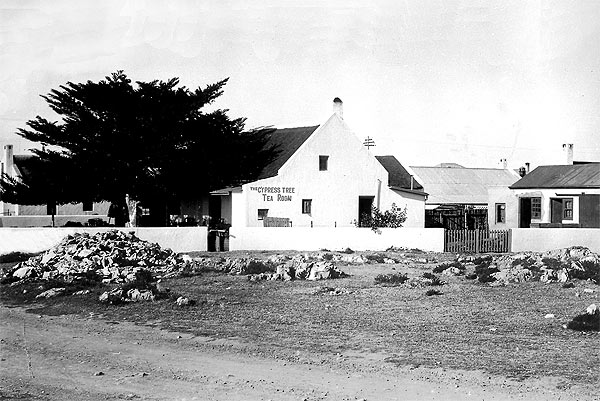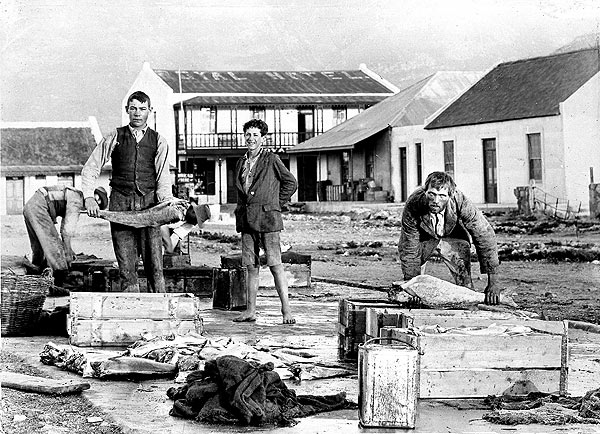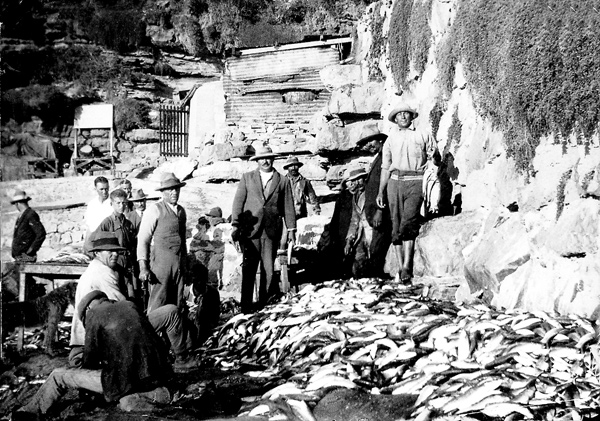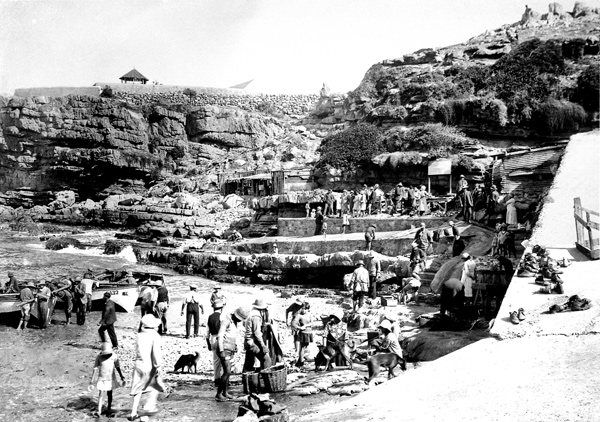1855
Hermanus started
1870
Allengenski Complex built
1904
Harbour wall was built
1915
Crane was built
1935
Gutting tables were built
1958
Last boats in Old Harbour
History - Old Harbour Museum
The Old Harbour was proclaimed 'a Museum' in 1972. The first Curator Mr Guy Clark was appointed in 1973. The area that had been neglected for years was cleaned up and the cement work repaired. Old fishing boats were collected and repaired for outdoor display. An indoor Museum was planned and eventually built along the slopes where many old fishing shacks stood in early days.
In 1983 the area of Lemm's Corner was bought after much fundraising under the Curator Mr Oskar Prozesky and with the assistance of the CPA who are responsible for the yearly Interest & Redemption to pay back the loan to cover the second half of the cost of the area. One of the oldest parts of town now belonged to the Museum. Development of this area went ahead, a ring wall was built around to enclose the grounds, and lawn was planted to create a village green. The old buildings were renovated and let out as shops.
The Dutch Reform Sundayschool house was rebuilt on the Fishermen's Village in 1987 to house an exhibition of glass negatives of old Hermanus.
In 1990 the first phase of the Allengenski Complex, that used to be the oldest building in the Harbour, was reconstructed and house the much needed toilet facilities. The CPA provided R 32 800.00 for this project. By the end of 1993 the second phase was completed and house the new offices. The previous office became unfit for habitation during the winter months. The CPA gave R 50 000.00 towards the erection of this building. The balance of R 25 000.00 was provided by the Friends and R 5 000.00 was taken from maintenance.
As museums and Nature Conservation were observing areas where they could overlap and because we are an ideal museum for that we looked into what prospects there were for the future. We realized a growing need among the public for environmental education and started moving more in that direction.
An environmental forum was formed under the leadership of Mr Norris Snyders from Nature Conservation and during discussion he suggested building an environmental educational centre as an extention of the present indoor museum. Through the generosity of Sea Plant Welfare Trust we recieved R 30 000.00 which made this dream become a reality in February 1994.


